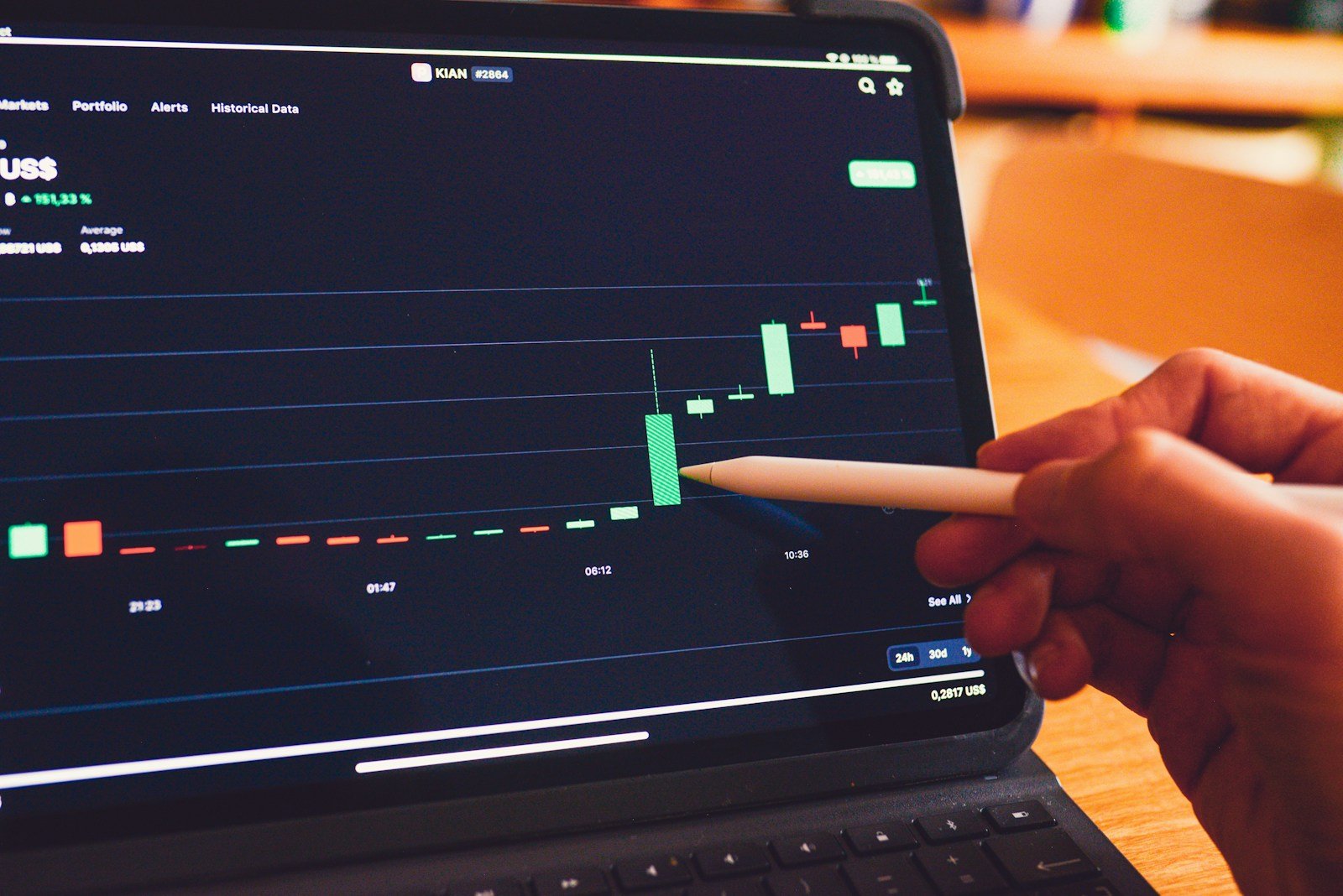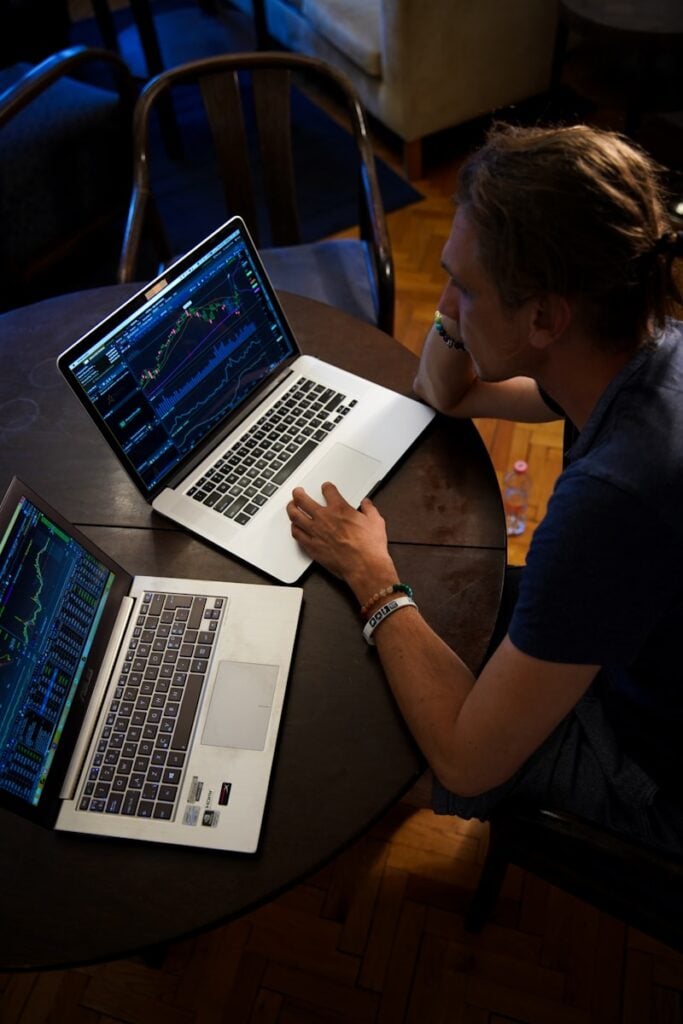Resources
Understanding the Hanging Man Candle in Trading Analysis
Hanging Man Candle: A Key Signal in Trading Analysis

The hanging man candle is a popular pattern used by traders to predict potential reversals in market trends. This technical analysis tool helps investors identify when a bullish trend might be losing momentum, offering valuable insights for making informed trading decisions. In this article, we will explore the intricacies of the hanging man candle, providing you with a comprehensive guide to leveraging this pattern in your trading strategy.
Introduction to the Hanging Man Candle Pattern
The hanging man candle pattern is a single candlestick formation that occurs at the end of an uptrend, signaling a potential reversal. Its name is derived from its resemblance to a “hanging man,” with a small body at the top and a long lower shadow. This pattern is particularly significant because it can indicate that the market is beginning to shift from a bullish to a bearish sentiment, warning traders of a possible downturn.
Traditionally, the hanging man candle forms when the opening, high, and closing prices are relatively close together, with a long lower shadow at least twice the length of the body. This shadow suggests that sellers pushed prices significantly lower during the trading session, only for buyers to regain control and push the closing price back near the open. Despite the recovery, the pattern indicates underlying weakness in the uptrend.
Recognizing the hanging man candle pattern is crucial for traders who wish to anticipate market reversals and adjust their positions accordingly. By integrating this pattern into their analysis, traders can enhance their ability to spot potential turning points, making it a valuable addition to any technical analyst’s toolkit.
Key Characteristics of a Hanging Man Candle
The hanging man candle is easily identifiable due to its unique structure. It typically appears after a prolonged uptrend and features a small real body located near the top of the trading range. This small body is a key characteristic, as it reflects the closing price being close to the opening price, despite significant price movement during the session.
Another defining feature is the long lower shadow, which should be at least twice the length of the real body. This shadow represents the strong selling pressure that pushed prices down before buyers stepped in to recover lost ground. However, the inability to sustain the bullish momentum suggests a weakening trend, making the hanging man a signal for cautious traders.
The color of the candle body, whether bullish or bearish, is less significant compared to its overall structure and placement within the trend. While a bearish close adds weight to the pattern’s reversal indication, the presence of a hanging man itself is often enough to warrant closer examination and potential strategy adjustments.
Interpreting the Hanging Man in Market Trends
When interpreting the hanging man candle, context is critical. Its appearance in an uptrend suggests a potential shift in market sentiment, but confirmation through subsequent price action is essential. Traders should look for signs of weakening momentum, such as lower highs or bearish follow-through, to validate the pattern’s reversal implication.
It’s important to note that while the hanging man is a bearish signal, it doesn’t guarantee a reversal. Instead, it serves as an early warning sign for traders to reassess their positions. Confirmation can come from additional indicators or patterns, such as bearish engulfing patterns or a break below support levels, which strengthen the case for a trend reversal.
By understanding the nuances of the hanging man and its place within broader market dynamics, traders can better anticipate potential changes in trend direction. This pattern’s effectiveness can be enhanced when used in conjunction with other analytical tools, providing a more comprehensive view of market conditions.
Common Misconceptions About Hanging Man Signals
One common misconception about the hanging man candle is that its mere presence guarantees an imminent price drop. While this pattern is a useful indicator of potential weakness, it should not be relied upon in isolation. Traders must seek confirmation from other technical indicators or market signals to validate the pattern’s implications.
Another misunderstanding is the belief that the hanging man’s color is critical to its bearish signal. While a bearish close can add strength to the pattern, the primary focus should be on the candle’s position and structure. The pattern’s effectiveness is tied more to its context within the trend rather than the color of the candle body.
Lastly, some may confuse the hanging man with similar candlestick patterns, such as the hammer. While both have similar shapes, their context within the trend differs significantly. The hanging man appears in uptrends, signaling potential reversals, whereas the hammer forms in downtrends, indicating possible bullish reversals. Recognizing these differences is vital for accurate analysis and strategy development.
Strategies for Trading with the Hanging Man Candle
Trading with the hanging man candle involves more than just recognizing its appearance. A sound strategy incorporates confirmation from other indicators and a well-defined risk management plan. Traders should wait for additional bearish signals, such as a break below key support levels or bearish continuation patterns, before acting on the hanging man’s implications.
One effective approach is to combine the hanging man pattern with volume analysis. A high volume on the day of the pattern’s formation can add weight to its bearish signal, as it indicates strong selling pressure. Conversely, low volume might suggest a lack of conviction, warranting additional caution before making any trading decisions.
Risk management is also crucial when trading with the hanging man. Setting stop-loss orders above the candle’s high can help protect against false signals, while profit targets can be aligned with key support levels or previous resistance turned support. By integrating these strategies, traders can effectively utilize the hanging man candle to enhance their trading performance.
In conclusion, the hanging man candle is a valuable tool in trading analysis, offering insights into potential market reversals. By understanding its characteristics, context, and limitations, traders can better navigate market trends and make informed decisions. However, like any technical pattern, it should be used in conjunction with other tools and analysis to maximize its effectiveness.
Conclusion
Understanding the hanging man candle pattern is essential for traders looking to anticipate potential market reversals. By recognizing its key characteristics and integrating it into a broader strategy, traders can enhance their ability to navigate market trends effectively. However, as with any technical pattern, it should be used alongside other analytical tools for optimal results.

-

 Resources4 years ago
Resources4 years agoWhy Companies Must Adopt Digital Documents
-

 Resources3 years ago
Resources3 years agoA Guide to Pickleball: The Latest, Greatest Sport You Might Not Know, But Should!
-

 Resources4 months ago
Resources4 months agoTOP 154 Niche Sites to Submit a Guest Post for Free in 2025
-

 Resources5 months ago
Resources5 months ago50 Best AI Free Tools in 2025 (Tried & Tested)
